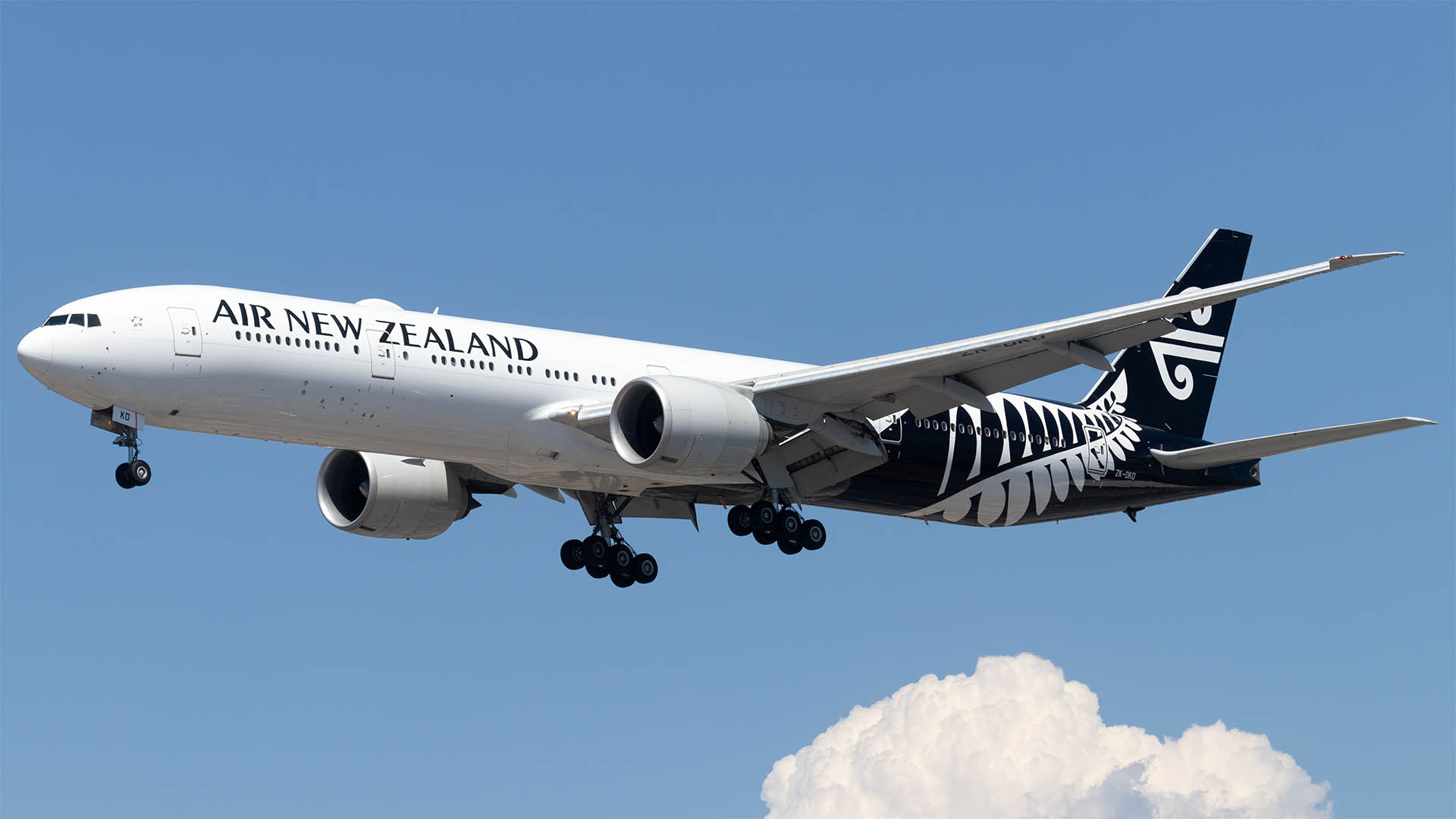Growth in the Australian economy slowed markedly in the closing months of 2017 and the full year, accounting to the National Accounts for the December quarter issued yesterday by the Australian Bureau of Statistics to 0.4% in the three months to December from September, the lowest quarter on quarter rate since the 0.2% contraction in the 3rd quarter of 2016.
There was nothing there to change the Reserve Bank’s thinking monetary policy – nothing to upset the economy or advance the cause of a rate rise this year.
If anything the National Accounts will help reinforce the RBA’s thinking.
In the September quarter, GDP grew an upwardly revised 0.7%, from the first estimate of 0.6%.
The annual rate of 2.2% was the lowest since the same reading for 2014 and down sharply from the revised 2.9% annual rate in the year to September (2.8% originally reported).
A rebound in consumer spending and compensation of employees helped, but Australians again dipped into their savings to support the spending – the savings ratio was 2.7% (because of the higher number of people in work and the rise in compensation) compared with the 2.5% share in the March and September quarter.
Per capita GDP growth was just 0.8% year on year. Annual GDP growth in 2017 averaged out at 2.3%, the lowest annual rate since 2013. The AMP’s Chief Economist, Dr Shane Oliver says "this was less than would be expected given a strong labour market (employment was up by 3.3% over the year to December 2017). This can be explained by a decline in productivity which was down by 0.8% over the year.”
ABS Chief Economist Bruce Hockman, said in a statement: “Growth this quarter was driven by the household sector, with continued strength in household income matched by growth in household consumption.”
The ABS said compensation of employees (COE) increased 1.1% in the December quarter, the fourth consecutive quarter of solid growth. “The increase in wages is consistent with stronger employment data reported in Labour Force, as well as a lift in the growth rate in the wage price index observed over the past two quarters.” Mr Hockman added.
Household consumption rebounded to 1.0% this quarter with strength recorded in discretionary spending on hotels, cafés and restaurants and recreation and culture. Private investment detracted from growth due to a decline in dwellings and a sharp fall in new engineering construction.
However, private investment in machinery and equipment was again solid as was construction of non-residential buildings.
Net trade detracted from growth due to declines in exports of rural goods, transport equipment and travel services. Exports detracted 0.4% and imports 0.1% for an overall negative reading of 0.5%.
The ABS said the weak trade performance was “reflected in the Agriculture and Manufacturing industries which were the largest detractors from GDP this quarter. Healthcare and service based industries continued to grow reflecting increased demand from the household sector.”
Dr Oliver says the Reserve Bank’s belief of growth rising to 3% “may be challenging” given the weakening seen in the December quarter and 2017 as a whole. That’s because of the poor outlook for consumer spending and a slowing in housing construction.
"It is difficult to see households gaining confidence to run down their savings rate further in the current environment of low wages growth, slowing wealth accumulation (as home price growth weakens) and high debt levels,” Dr Oliver commented.
“And while non-mining business investment is rising, public infrastructure spending is surging and the labour market is strong, there are few signs of significant cost pressures as the economy is running below its capacity.
"Our view is that the Australian economy will strengthen somewhat in 2018 as business conditions are still very positive which will work through the spare capacity in the economy and eventually lift inflation.
"But that process will take some time. We see the RBA starting to lift the cash rate at the end of this year, but the risk is that the first rate hike for this cycle won’t happen until sometime in 2019,” Dr Oliver wrote yesterday afternoon.












